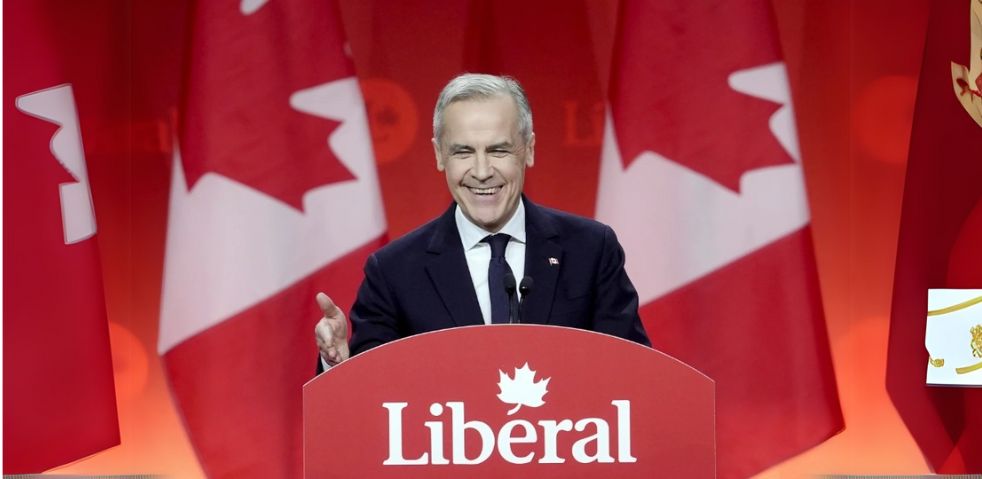The Liberal Party of Canada, which has been grappling with a leadership crisis, has announced Mark Carney as its next leader and the country’s future Prime Minister. Carney will replace former Prime Minister Justin Trudeau, who announced his resignation in January. The announcement was made by Sachin Mehra, the President of the Liberal Party, who declared Carney’s victory in the party’s leadership race.
Election Results
Carney secured 131,674 votes, representing approximately 85.9% of the total votes cast. He defeated other prominent candidates, including former Finance Minister Christia Freeland, former House Leader Karine Gould, and former Member of Parliament Frank Baylis.
Historic Appointment
Mark Carney will become the second Prime Minister in Canadian history to assume office without holding a seat in the House of Commons. The 59-year-old economist and former central banker will take over from Justin Trudeau, who stepped down earlier this year.
Early Life and Career
Born on March 16, 1965, in Fort Smith, Northwest Territories, Carney spent his early years in Edmonton, Alberta. Both of his parents were school teachers, and he excelled academically from a young age. Carney began his career in the Canadian finance sector in 2004 and was appointed Governor of the Bank of Canada in 2007.
Global Financial Crisis Leadership
Carney’s leadership during the 2008 global financial crisis earned him widespread acclaim. He implemented stringent monetary policies that helped Canada weather the economic storm better than many other nations. His success led to his appointment as the Governor of the Bank of England in 2013, making him the first non-British individual to hold the position in the bank’s 300-year history.
Brexit and Economic Challenges
During his tenure at the Bank of England, Carney navigated the economic uncertainties surrounding Brexit. He introduced several policy changes to stabilize the UK economy and prevent a recession. In March 2020, as his term neared its end, Carney made his final decision as Governor by cutting the bank’s interest rate to 0.5% to mitigate the economic impact of the COVID-19 pandemic.
Political Journey
Although Carney has primarily been an economist, he is no stranger to politics. In 2012, former Canadian Prime Minister Stephen Harper offered him the position of Finance Minister, which he declined. Similarly, his name surfaced during the 2013 Liberal Party leadership race, but he chose not to participate. In September 2022, Carney was appointed head of the Liberal Party’s Economic Growth Task Force by Prime Minister Trudeau.
Current Challenges
Carney takes office at a time when Canada faces significant challenges, including trade tensions with the United States. Former US President Donald Trump has threatened to impose a 25% tariff on Canadian goods and even suggested making Canada the 51st state of the USA. Carney’s leadership will be crucial in navigating these issues and preparing the country for the upcoming October elections.
Conclusion
Mark Carney’s appointment marks a new chapter for Canada as it seeks to address economic and political challenges under his leadership. His extensive experience in finance and crisis management positions him as a capable leader to steer the nation through turbulent times.
Source: Liberal Party of Canada and Public Reports



